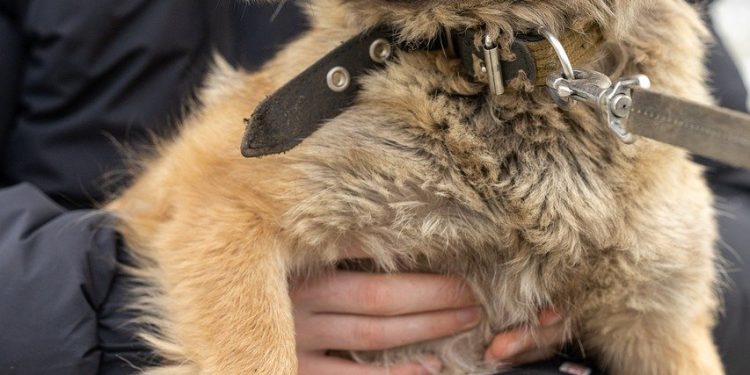Sharing food with your pet can be a joyful experience, but it’s crucial to ensure that what you offer is safe and nutritious for them. Many human foods are perfectly fine for pets in moderation and can even provide additional health benefits. However, it’s equally important to know which foods to avoid to keep your furry friend healthy and happy. Here’s a comprehensive guide to safe human foods for pets.
Why Offer Human Foods to Pets?
Nutritional Benefits
Certain human foods are rich in vitamins, minerals, and antioxidants that complement your pet’s diet.
Treat Variety
Introducing safe human foods can add variety to your pet’s meals and keep their palate engaged.
Bonding Opportunity
Sharing food responsibly fosters a stronger bond between you and your pet.
General Guidelines for Feeding Human Foods to Pets
- Moderation is Key
- Human foods should make up no more than 10% of your pet’s daily caloric intake.
- Avoid Harmful Ingredients
- Steer clear of foods that contain toxic substances like xylitol, chocolate, or onions.
- Introduce New Foods Gradually
- Start with small amounts to monitor for any adverse reactions, such as vomiting or diarrhea.
- Prepare Foods Properly
- Remove seeds, pits, or bones, and cook foods without seasoning, salt, or sugar.
Safe Foods for Dogs
Proteins
- Chicken
- Benefits: High in protein and easy to digest.
- How to Serve: Boiled or baked without seasoning, skin, or bones.
- Turkey
- Benefits: Lean protein that supports muscle development.
- How to Serve: Cooked plain, ensuring no bones or spices.
- Eggs
- Benefits: Provide protein, vitamins, and healthy fats.
- How to Serve: Cooked and scrambled without butter or salt.
- Fish
- Benefits: Rich in omega-3 fatty acids for skin and coat health.
- How to Serve: Cooked salmon, sardines, or tuna in moderation.
Fruits
- Apples
- Benefits: High in fiber and vitamin C.
- How to Serve: Remove seeds and core; cut into small slices.
- Blueberries
- Benefits: Packed with antioxidants and low in calories.
- How to Serve: Offer a few as treats or mix into their food.
- Bananas
- Benefits: A source of potassium and natural sweetness.
- How to Serve: Slice into small, manageable pieces.
- Watermelon
- Benefits: Hydrating and refreshing, with vitamins A and C.
- How to Serve: Remove seeds and rind before serving.
Vegetables
- Carrots
- Benefits: Promote dental health and are rich in beta-carotene.
- How to Serve: Serve raw as crunchy snacks or steamed for easier digestion.
- Green Beans
- Benefits: Low-calorie snacks packed with vitamins.
- How to Serve: Steam or boil without salt.
- Pumpkin
- Benefits: Supports digestive health and relieves constipation or diarrhea.
- How to Serve: Offer plain, canned pumpkin (not pie filling) or cooked fresh pumpkin.
- Zucchini
- Benefits: Low in calories and high in fiber.
- How to Serve: Serve raw or cooked without seasoning.
Grains
- Rice
- Benefits: Gentle on the stomach and helps with digestion.
- How to Serve: Cook plain white or brown rice.
- Oatmeal
- Benefits: A source of fiber and energy.
- How to Serve: Cook with water and avoid adding sugar or milk.
- Quinoa
- Benefits: High in protein and provides essential amino acids.
- How to Serve: Cook thoroughly and serve in small portions.
Safe Foods for Cats
Proteins
- Chicken
- Benefits: High in protein and supports muscle growth.
- How to Serve: Boiled and unseasoned.
- Fish
- Benefits: Omega-3 fatty acids support healthy skin and coat.
- How to Serve: Cooked salmon, tuna, or sardines in moderation.
- Eggs
- Benefits: Provide protein and essential nutrients like B vitamins.
- How to Serve: Scrambled or boiled, without seasoning.
Fruits
- Blueberries
- Benefits: Contain antioxidants that boost immune health.
- How to Serve: Offer a few as a snack.
- Apples
- Benefits: Provide fiber and vitamins.
- How to Serve: Remove seeds and core; serve in small slices.
- Cantaloupe
- Benefits: Hydrating and rich in vitamins A and C.
- How to Serve: Remove seeds and rind before serving.
Vegetables
- Pumpkin
- Benefits: Aids digestion and prevents hairballs.
- How to Serve: Serve plain and cooked.
- Spinach
- Benefits: Rich in vitamins and minerals.
- How to Serve: Offer in small amounts, cooked or raw.
- Green Beans
- Benefits: Low in calories and high in fiber.
- How to Serve: Steam or boil without seasoning.
Foods to Avoid
Toxic Foods
- Chocolate: Contains theobromine, which is toxic to both dogs and cats.
- Onions and Garlic: Can damage red blood cells, leading to anemia.
- Grapes and Raisins: Linked to kidney failure in dogs.
- Xylitol: Found in sugar-free products, it can cause severe health issues.
- Avocado: Contains persin, which is harmful to many pets.
Unsafe Additives
- Salt: Can cause dehydration and sodium poisoning.
- Artificial Sweeteners: Xylitol is especially toxic.
- Alcohol and Caffeine: Both are highly toxic to pets.
Tips for Feeding Human Foods to Pets
- Research Before Feeding:
- If unsure about a food, consult your veterinarian.
- Start Small:
- Introduce new foods in small quantities to monitor for adverse reactions.
- Limit Treats:
- Human foods should only be an occasional treat and not replace balanced pet food.
- Prepare Foods Safely:
- Avoid seasoning, sugar, and fats when preparing foods for your pet.
Providing safe human foods as treats can be a fun and nutritious way to enhance your pet’s diet. By choosing the right foods and serving them responsibly, you can ensure your pet stays healthy while enjoying a variety of delicious snacks.












